June 29, 2025 | 01:32 GMT +7
June 29, 2025 | 01:32 GMT +7
Hotline: 0913.378.918
June 29, 2025 | 01:32 GMT +7
Hotline: 0913.378.918
Mr. Michael Croft, Head of the United Nations Educational, Scientific and Cultural Organization (UNESCO) Office in Vietnam, has recently sent a communication requesting Vietnam to provide information concerning the reduction of nearly 90% of the total area of the Tien Hai Wetland Nature Reserve.
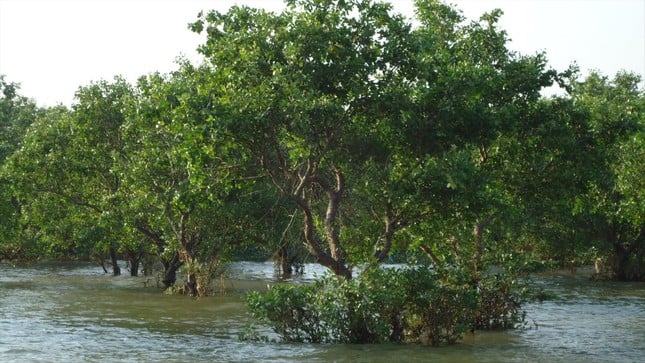
Mangrove forest in the Tien Hai Wetland Nature Reserve. Photo: TL.
In a communication sent to Mr. Pham Vinh Quang - Secretary-General of the National Commission for UNESCO Vietnam (Ministry of Foreign Affairs), UNESCO stated that it had received various information related to the decision of the Thai Binh provincial government regarding the reduction of the area of the Tien Hai Wetland Nature Reserve from 12,500 hectares to 1,320 hectares.
UNESCO affirmed that this could impact the Hong River Biosphere Reserve, which has been recognized by UNESCO.
To clarify the information further, UNESCO requested the National Commission for UNESCO Vietnam to assist with information from relevant authorities, including reports on the adjustment of the area of the Tien Hai Wetland Nature Reserve from 12,500 hectares to 1,320 hectares (including 634 hectares of mangrove forest and 688 hectares of non-forested land), whether it is accurate.
"If the report is confirmed, then the reduced area of the Tien Hai Wetland Nature Reserve would overlap with the boundary of the Hong River Biosphere Reserve designated by UNESCO's nomination file at what level?" emphasized UNESCO's document.
According to WWF - Vietnam, Thai Binh Province is not an operational area of this unit, so WWF does not have complete information about the Tien Hai Wetland Nature Reserve as well as conservation and development activities in this area. However, after preliminary investigation, WWF - Vietnam has also expressed a neutral opinion on the matter.
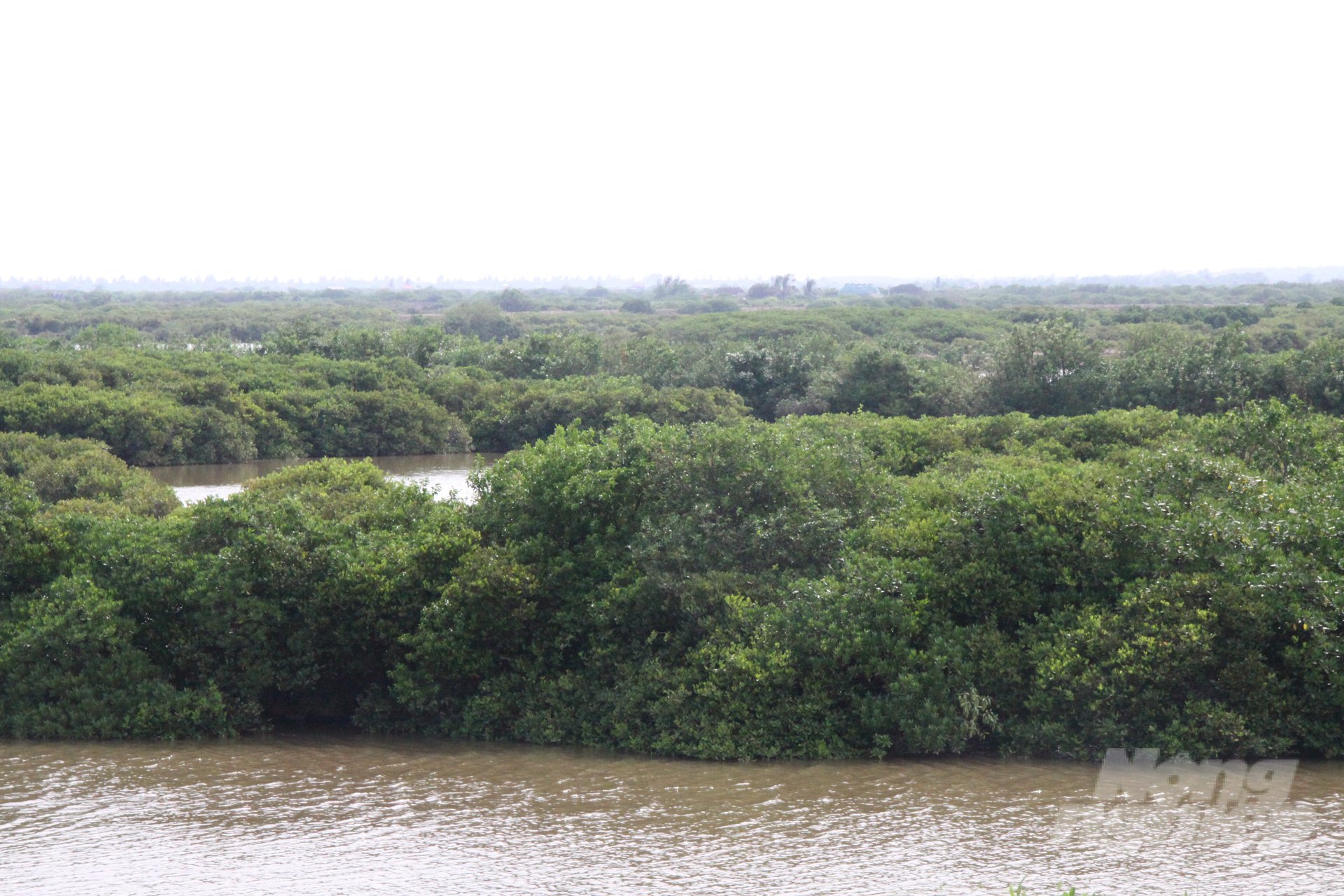
Mangrove forest in the Tien Hai Wetland Nature Reserve. Photo: Kien Trung.
WWF - Vietnam stated that the Tien Hai Wetland Nature Reserve (Thai Binh Province) has a planned total area of 12,500 hectares, including 9,000 hectares in the strictly protected core area, 3,500 hectares in the ecological restoration and buffer zone, and a 1,700-hectare buffer zone that covers the residential areas of three communes: Nam Hung, Nam Phu, and Nam Thinh. Within the Reserve, there are 12 main landscape types, with the most important being the intertidal sandy beaches, mudflats, and mangrove forests.
Moreover, intertidal mudflat areas are also important landscapes, serving as feeding grounds for various shorebird species. The mangrove forest in the reserve features predominant vegetation of Kandelia candel, mostly located in aquaculture ponds.
The Tien Hai Nature Reserve was established with the goal of conserving the typical wetland ecosystem of the Red River delta, including characteristic aquatic and terrestrial species, particularly aquatic and migratory birds. According to surveys by the Central Institute For Natural Resources And Environmental Studies (CRES), the Tien Hai Nature Reserve boasts high biodiversity, being home to over 150 species of waterbirds, including many listed in the Vietnam Red Data Book, such as the eastern great egret, black-faced spoonbill, and black-faced spoonbill. It's also home to 8 species of birds and 2 species of animals (water monitor lizard and golden turtle) classified as rare and endemic. The reserve also hosts over 100 aquatic species, including more than 80 fish species and 20 crustacean species, many of economic value like shrimp, clam, crab, snakehead fish, and catfish. Additionally, there are over 180 species of mangrove trees (mangrove apple, oriental mangrove, black mangrove, and more).
According to Decision 731/QĐ-UBND dated April 17, 2023, by the Thai Binh Provincial People's Committee, the area of the Tien Hai Wetland Nature Reserve (Special-Use Forest) will be reduced to 1,320 hectares, including 632 hectares of mangrove forest and 688 hectares of non-forested land. This means that the area of the Conservation Reserve has decreased by 89.44% compared to the area recognized in Decision 2159/QĐ-UBND of the Thai Binh Provincial People's Committee in 2014 (12,500 hectares) for the Tien Hai Special-Use Forest.
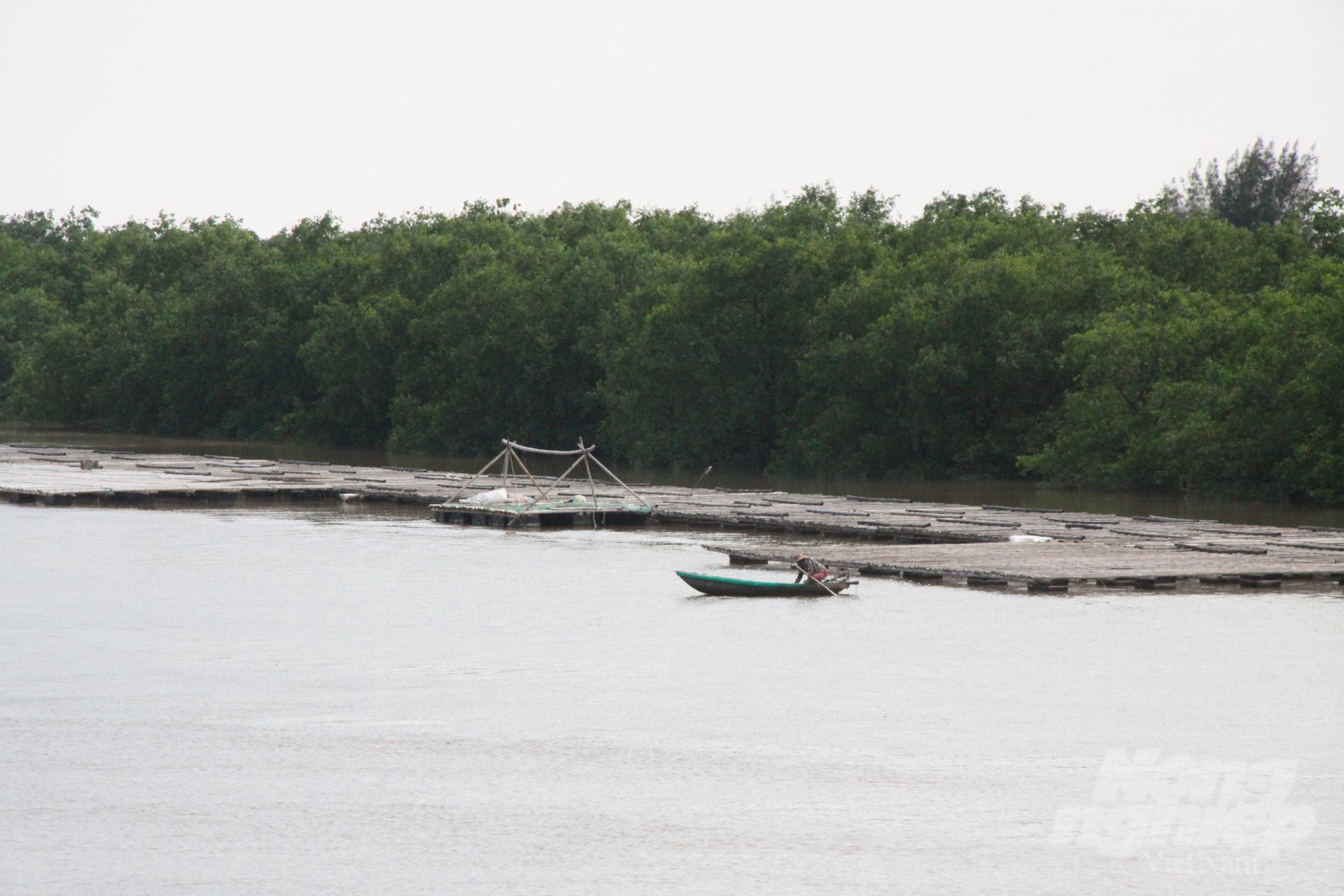
WWF - Vietnam recommends that Thai Binh Province exercise caution when adjusting the planning of conservation areas towards contraction. Photo: Kien Trung.
WWF - Vietnam notes that Vietnam is one of the world's 16 most biologically diverse countries, owing to its ecosystem diversity, various animal/plant species, unique species, and valuable genetic resources. The Tien Hai Wetland Nature Reserve (Thai Binh Province) is one of 63 designated Important Bird Areas (IBA) with global significance in Vietnam. Important IBAs not only contribute to bird species, but also to various animal groups, human health, and economy through protecting watersheds, flood regulation, or providing natural resources. It's also one of the two important core areas within the Red River delta biosphere reserve, part of the world's biosphere reserves recognized by UNESCO in Vietnam in 2004.
Vietnam's role and position are increasingly esteemed in global conferences thanks to the proactive efforts of the Vietnamese Government in global collaborations for biodiversity conservation, such as the Ramsar Convention, the Convention on Biological Diversity, the United Nations Framework Convention on Climate Change, and new initiatives like Leaders’ Pledge for Nature and the 30x30 initiative urging the conservation of 30% of the Earth's land and sea area.
With a mission to halt environmental degradation in Vietnam and build a future where humans live harmoniously with nature, WWF - Vietnam sincerely hopes that local authorities and businesses will join hands to conserve nature for sustainable development and to preserve the precious natural and cultural heritage of the country.
Hence, altering the area or causing negative impacts on natural ecosystems in a Conservation Area or a Special-Use Forest must adhere to the laws and regulations of the Vietnamese government on forest protection and development (Law on Forestry, 2017), biodiversity conservation (Law on Biodiversity, 2018 - Unified Text), conservation and sustainable use of wetland areas (Decree 66/2019/ND-CP), as well as international conventions and commitments that Vietnam has signed and actively participates in. A balance must be struck between economic, social, and environmental development goals, without compromising nature for economic growth.
"The adjustment of conservation area planning towards contraction, resulting in negative impacts on conservation, requires utmost care and must be based on environmental impact assessment and strict adherence to the consultation process with all relevant parties," advises WWF - Vietnam.
Translated by Nguyen Hai Long
/2025/06/27/4654-2-213900_52.jpg)
(VAN) The Central Annamites Landscape Strategy for the 2025–2030 period sets a comprehensive direction for forest conservation, ecosystem restoration, and sustainable livelihood development.
![Lifting the IUU 'yellow card': [2] Thorough preparation for the EC inspection](https://t.ex-cdn.com/nongnghiepmoitruong.vn/608w/files/huytd/2025/06/27/3109-1-005033_548.jpg)
(VAN) Ahead of the fifth inspection by the EC, Khanh Hoa and Phu Yen have controlled fishing vessels, catch volumes at ports, and VMS equipment to meet the requirements for lifting the IUU 'yellow card.'
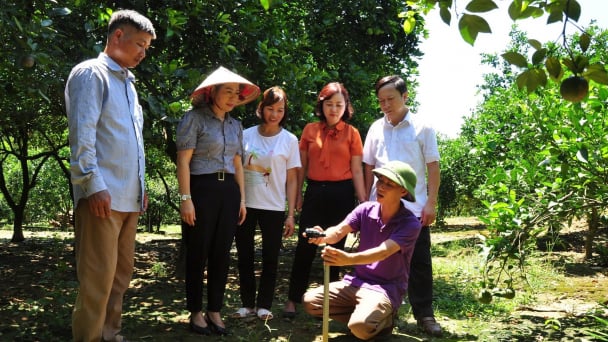
(VAN) Since the implementation of Resolution No. 03 by the People's Council of Tuyen Quang province, 282 organizations and individuals have been supported with advanced, water-saving irrigation systems, covering a total area of 765 hectares.
![Lifting the IUU 'yellow card': [1] Fisherpeople join forces](https://t.ex-cdn.com/nongnghiepmoitruong.vn/608w/files/huyenvt (e)/2025/06/26/0551-4-205700_585.jpg)
(VAN) To lift the EC's 'yellow card,' fisherpeople have significantly raised their awareness in complying with legal regulations in marine fishing activities.
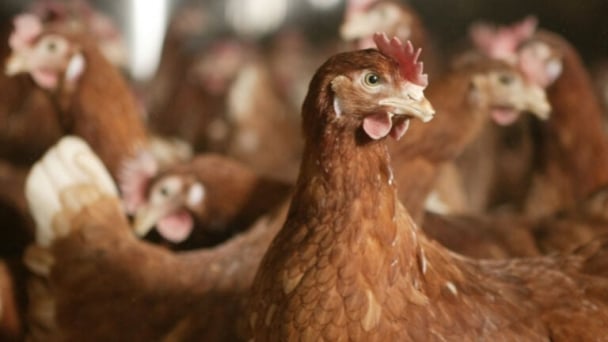
(VAN) Research has shown that Hy-Line brown hens may be better suited for cage-free production based on overall greater egg production and other quality metrics.
![Turning wind and rain into action: [9] Digitizing hydrometeorological data in response to climate change](https://t.ex-cdn.com/nongnghiepmoitruong.vn/608w/files/news/2025/06/17/z6704423696987_15fd32ffc26d590d204d520c9dac6786-nongnghiep-165943.jpg)
(VAN) Farmers have begun accessing hydrometeorological applications to adjust their cropping schedules, aiming to ensure productivity and adapt to climate change.
![Turning wind and rain into action: [8] Real-time salinity detection and early warning technology](https://t.ex-cdn.com/nongnghiepmoitruong.vn/608w/files/news/2025/06/17/z6704423696987_15fd32ffc26d590d204d520c9dac6786-nongnghiep-151127.jpg)
(VAN) Thanks to the integration of modern hydrological-hydraulic models, remote sensing technologies, and artificial intelligence, the accuracy of hydrological forecasting has significantly improved.